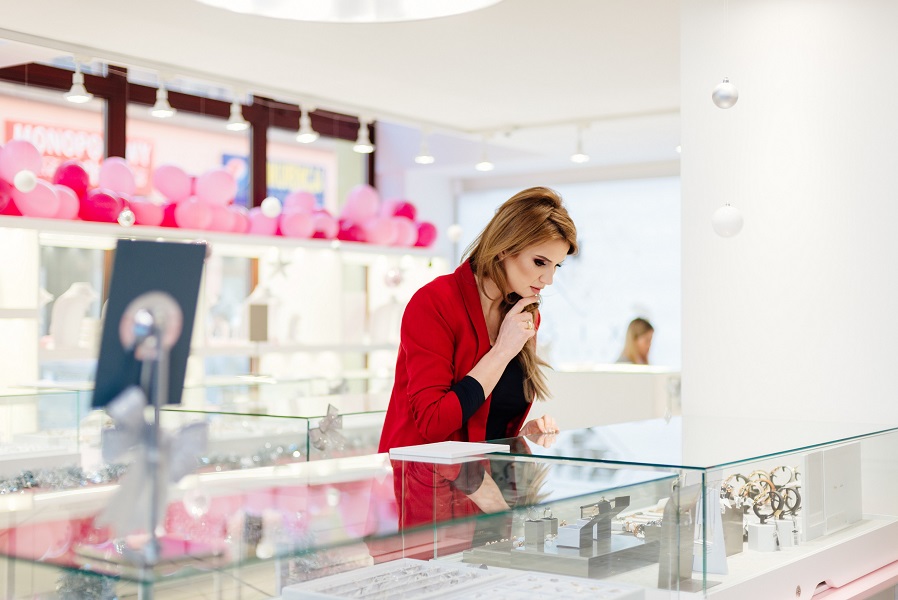
1. Understand the Source of Materials
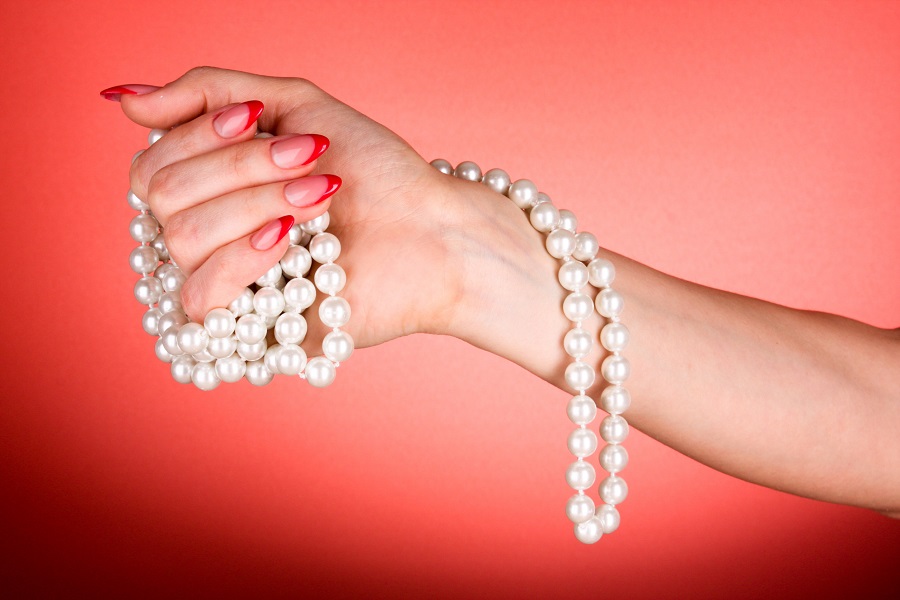
2. Consider the Environmental Impact
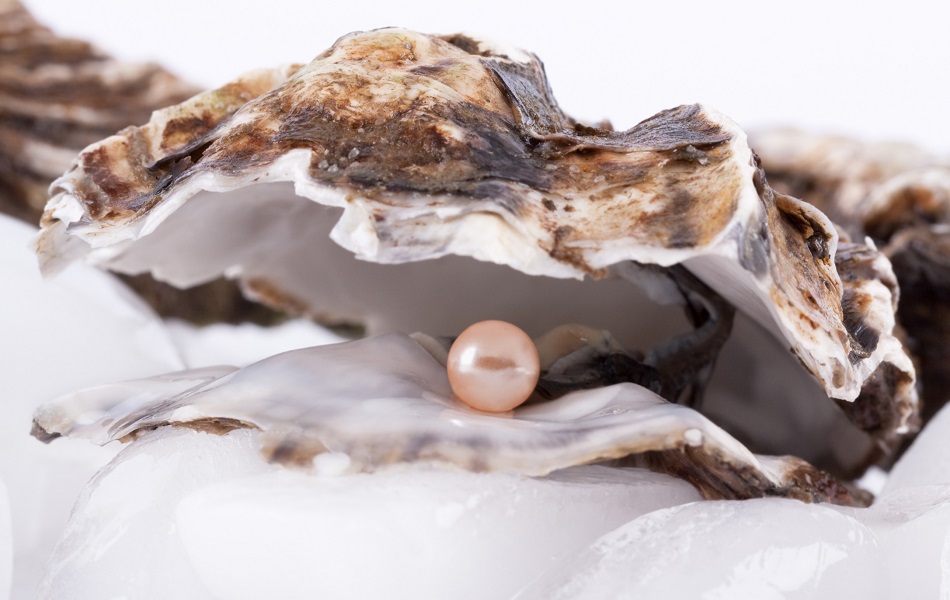
3. Look for Fair Labor Practices
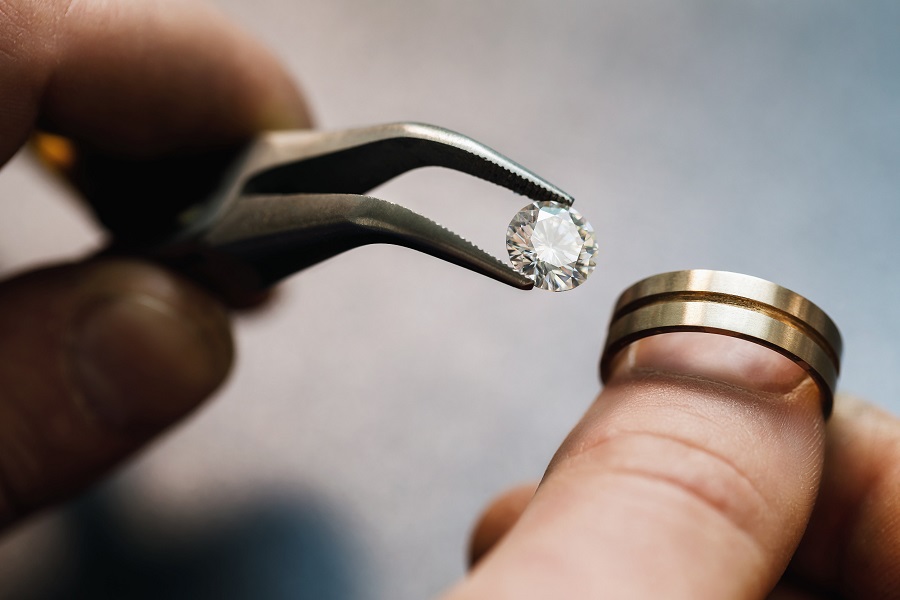
4. Choose Recycled Materials

5. Check for Certifications
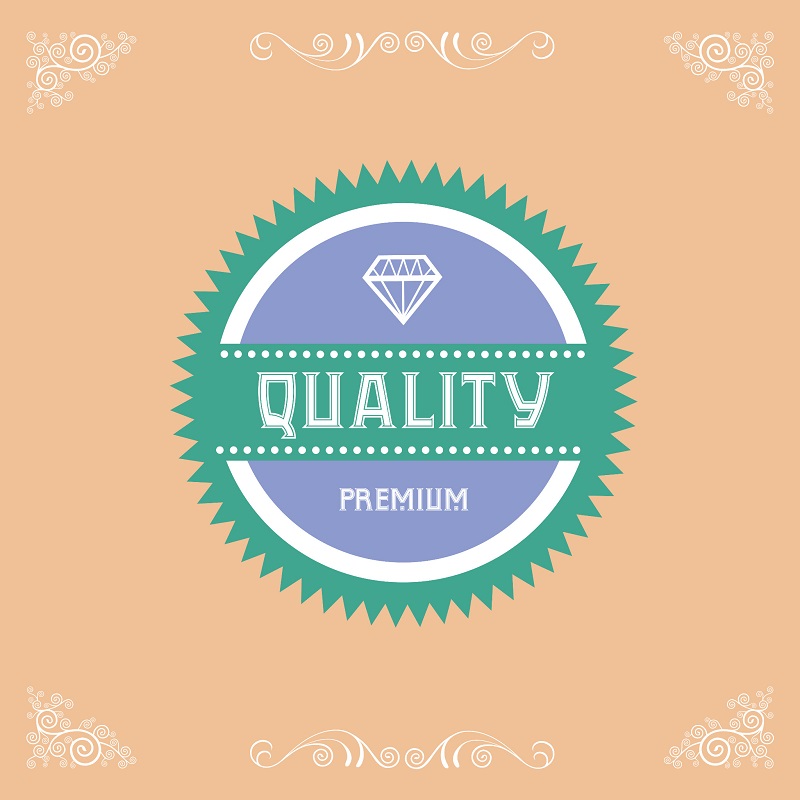
6. Prioritize Longevity and Quality
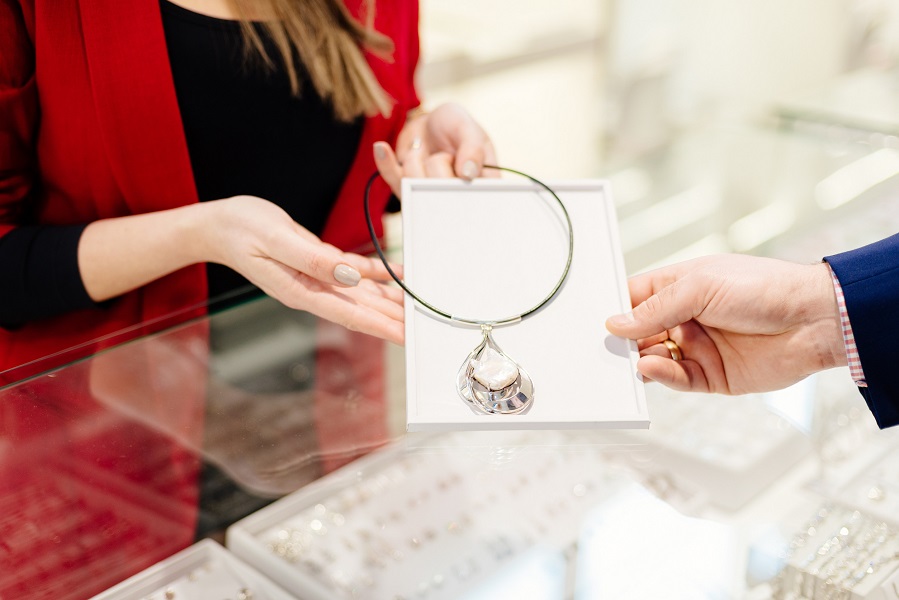
7. Support Small and Local Artisans
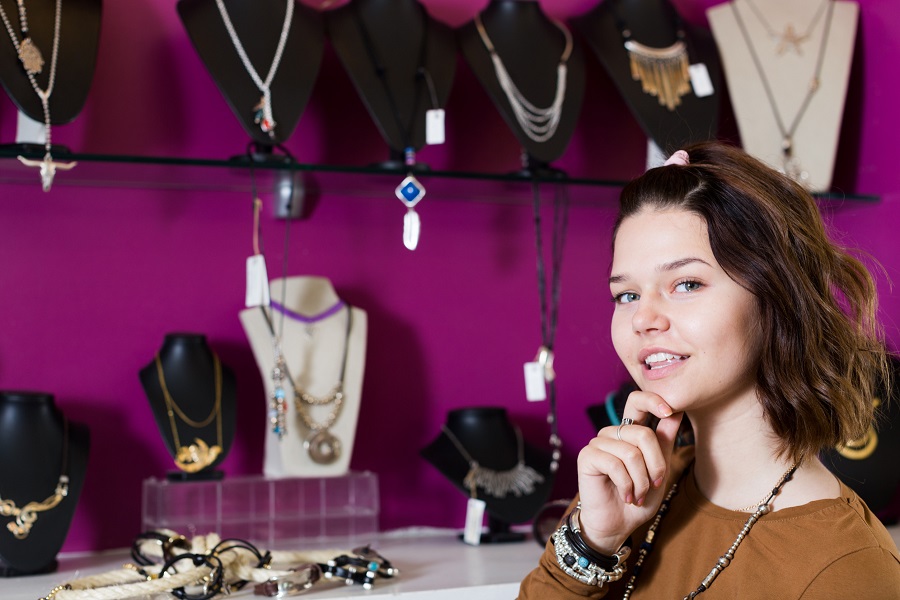
8. Engage with the Brand’s Values
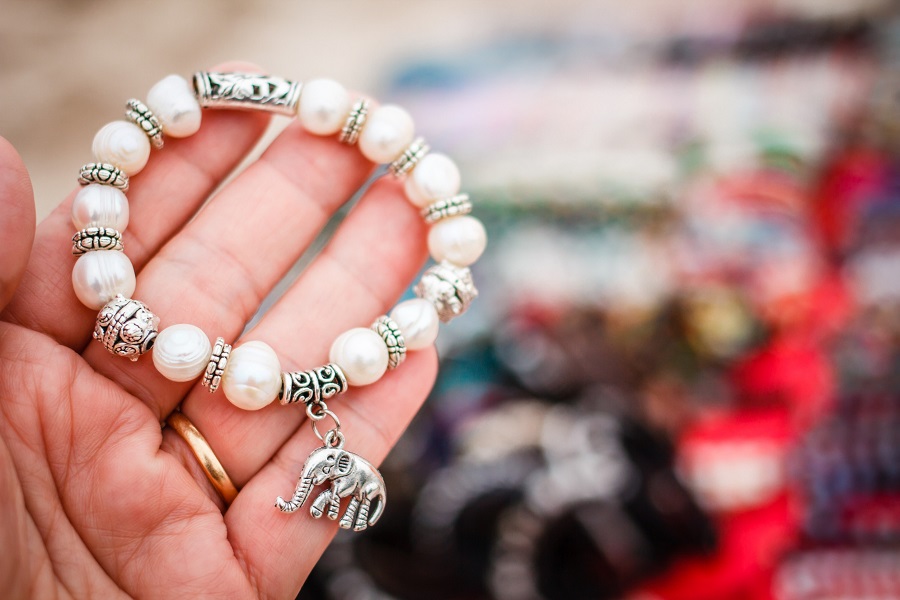
A Beautiful Choice for the Planet
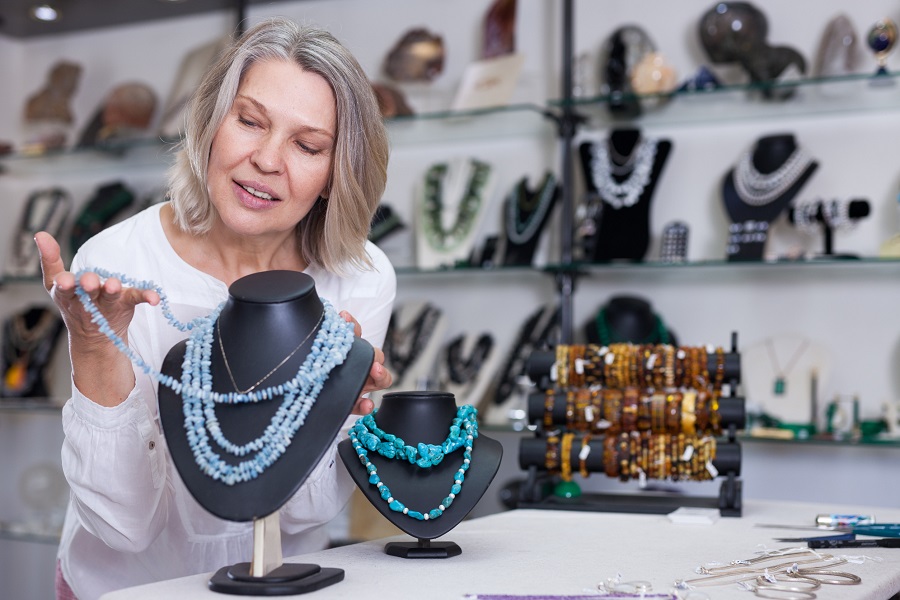

Toi Williams began her writing career in 2003 as a copywriter and editor and has authored hundreds of articles on numerous topics for a wide variety of companies. During her professional experience in the fields of Finance, Real Estate, and Law, she has obtained a broad understanding of these industries and brings this knowledge to her work as a writer.








